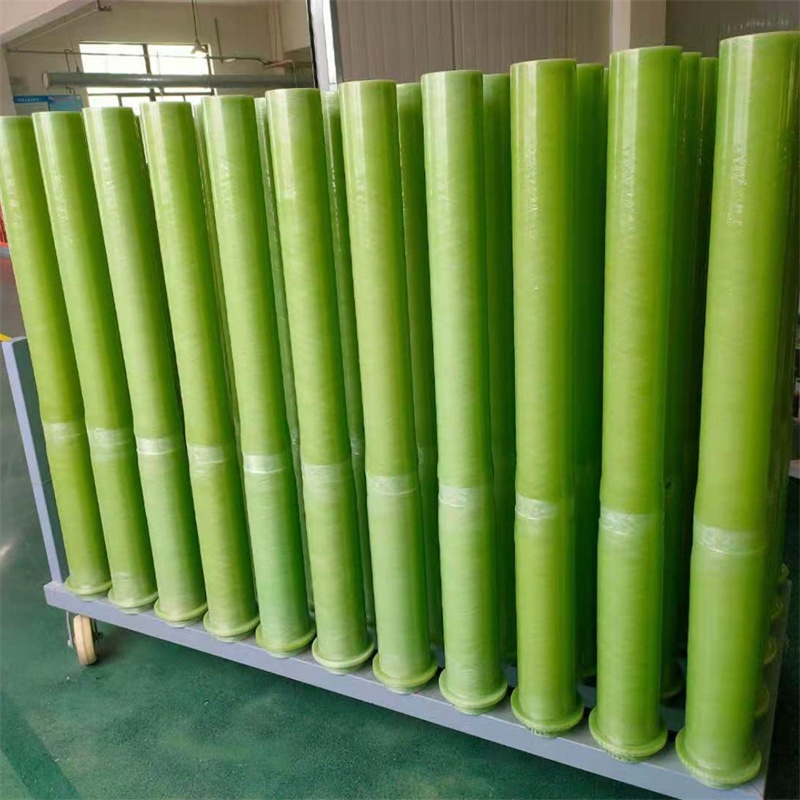Wind Change Special Bracket Shell: A Promising Technology for Increasing Wind Turbine Efficiency
Introduction
Wind energy is a renewable source of power that has gained significant popularity in recent years due to its environmental benefits and cost-effectiveness. However, harvesting wind energy effectively remains challenging, particularly in areas with low wind speeds. The wind change special bracket shell (WCSBS) is a technology used for increasing wind speed and improving the efficiency of wind turbines. This article will explore the concept of wind energy, the challenges faced in harvesting it, and the development and use of WCSBS.
What is a Wind Change Special Bracket Shell?
The wind change special bracket shell is a device that uses mechanical means to increase the velocity and direction of wind before it reaches the turbine blade. It consists of a specially designed bracket shell that channels the wind towards the turbine blades, increasing their rotational speed and creating more energy. The device can be adjusted to optimize the angle and direction of the wind flow to maximize energy output.
The potential benefits of using WCSBS include increased energy production, improved efficiency of wind turbines, and reduced maintenance costs. However, there are also significant drawbacks to this approach, such as increased manufacturing and installation costs, potential risks to wildlife, and visual impacts on landscapes.
History of Wind Energy Harvesting Technology

The development of wind energy harvesting technology dates back to the early 20th century, when wind-driven machinery was used for pumping water and generating electricity. In the 1970s, the oil crisis led to renewed interest in wind energy, leading to the development of modern wind turbines. Since then, wind energy technology has evolved significantly, with the development of larger and more efficient turbines and better control systems.
Contemporary Use of Wind Change Special Bracket Shell
The current methods of using WCSBS involve installing the device between the wind source and the turbine blade. The device can be customized according to specific site conditions, including wind speed, wind direction, and terrain. Real-world examples of successful implementation of WCSBS include wind farms in China, where the device has been used to increase the efficiency of turbines and reduce the cost of energy production.
Advantages of WCSBS technology include an increase in wind speed and a reduction in turbulence, leading to improved turbine performance. The device is also flexible, can be installed on existing turbines or new installations, and can be adjusted to suit varying wind conditions. However, there are also disadvantages to using WCSBS, such as increased costs due to manufacturing, installation, and maintenance, as well as potential risks to wildlife, including birds and bats.
Wind energy is a valuable source of renewable energy that can contribute significantly to reducing carbon emissions and mitigating climate change. However, the challenges faced in harvesting it effectively remain a significant concern. The wind change special bracket shell is a promising technology for increasing the efficiency of wind turbines and improving energy production. However, further research and development are needed to address some of the drawbacks associated with its use, such as increased costs and potential environmental impacts. With continued innovation and investment, the future prospects for the development and use of WCSBS look promising.

